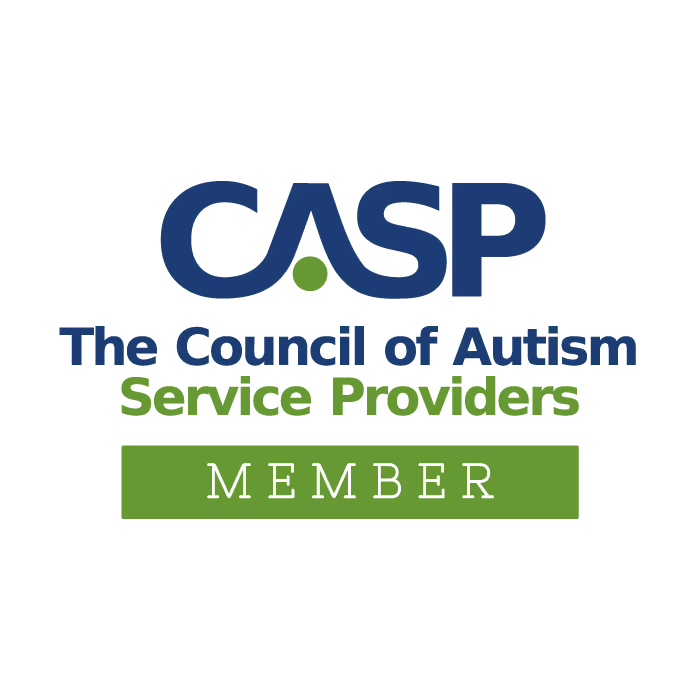As a follow-up question to the importance of tummy time discussion, most parents want to know what their babies should be doing on their tummies for the first year. Are they still working their muscles if they are just resting their cheek or gnawing on the floor mat? What if he is just kicking and screaming with hands fisted? Is he really doing what he should be doing? When he starts sitting independently, why can’t I just let him sit all the time?
Questioning if your 2 months old should be holding his head up when he is on his tummy? Wondering if your 8 months old should be crawling more? Wonder no more.
Here is a month by month guide on what your child should be doing on his tummy the first year of life.
- Month 1: Tummy time can start as early as day 1. By the time a baby is a month old, he can most likely lift his head enough to turn his head and rest his cheek to the other side.
- Month 2: After 2 months of spending plenty of time on his tummy, a baby is now not as curled up into the fetal position as before. His hips are a little more stretched out and he has the strength to lift his head even higher. He can put weight on the outer edges of his forearms and his shoulders are strong enough to bring his hands out from underneath his chest.
- Month 3: By the 3rd month, a baby can put more and more weight through his elbows when he is on his tummy. Because of increased strength in his neck and trunk muscles, he can now lift up his chest and keep his hips down. Weight-bearing through the forearms is so important because it builds strength and stability in the chest and shoulder muscles and joints.
- Month 4: The 4th month is a great month for baby development. This is the month of significantly better head control, muscle control, and symmetry. The 4 month old can now push even higher through his forearms, lift his head up to 90 degrees, and hold his head in midline. His neck now looks longer as his neck muscles develop more strength to hold his head up against gravity.
- Month 5: Around the 5th month, a baby starts pushing through his hands with the elbows straight. He is learning to shift his weight from one side to the other. Because of this, he might reach with one arm for a toy or accidentally roll over from tummy to back. He is better at using his back muscles against gravity and may look like he is swimming as he kicks his arms and legs up from the floor.
- Month 6: At the halfway point of a baby’s first year, a lot of maturation has occurred (Read more about tummy time at 6 months of age here). The baby is able to perform tasks with much more equilibrium and control. The baby is now constantly on the move and loves tummy time because he can do so much and see so much. If you place him on his back, he will most likely roll himself over to his tummy. Place him on his tummy and he won’t fall over accidentally anymore, because of increased motor control.
- Month 7: Between all the swimming and pushing off of the floor in the previous months, the 7 month old has developed a lot of trunk strength and shoulder/hip stability. He can now separate his two sides and pivot himself around in a circle to get to toys. He has the control to shift his weight to one elbow and play with the other hand. Some babies may start pushing themselves back into a bear position (hands and feet) or quadruped position (hands and knees). They may rock back and forth in this position, which strengthens their upper and lower bodies to prepare for crawling and standing and improves their sense of balance.
- Month 8: The 7th – 8th month is usually when babies start pulling to stand from a quadruped position. Some babies may skip belly crawling all the together, but most babies creep by the 8th or 9th month. An early crawler will show a low-hanging belly close to the floor, but as he practices crawling more and works on his tummy muscles, he will start creeping with all trunk muscles engaged. The typical 8 months old will no longer need his upper body to lift his trunk. He may be seen more and more in a kneeling position so his hands can be free for play.
- Month 9: The typically developing 9 months old is now constantly on the move. Crawling is his main method of locomotion. He has enough trunk and muscle control to transition easily between sitting, quadruped, and tummy time. He may start pulling himself into standing though still needs his arms to do most of the work. One thing he may be able to do better is pulling to stand with one foot in front kneeling (half-kneeling).
- Month 10: By month 10, a baby will be transitioning to stand via half-kneeling more often. In standing, a 10 month old will have developed the hip/trunk control to rotate his trunk and weight-shift. This is mostly because of the hard work he did on his tummy before! Not only can he transition well by himself, he does so with more control and is much more safe, steady, and efficient.
- Month 11: The 11 months old now has more control of his hips and trunk when on his knees. He may be able to play in tall kneeling and half-kneeling positions without falling. His leg and hip muscles are now strong enough that he doesn’t need his hands as much to pull to stand.
- Month 12: By a baby’s first birthday, he will have developed full trunk control and ability to use one side independent of the other. This allows for improved weight shifting during standing, increased use of kneeling and half-kneeling, and stability during standing. The 1 year old is able to transition in and out of quadruped position and is now ready to take some independent steps!
It truly amazes me how many new skills babies can acquire in just the first year. Want to know the key gross motor milestones of a baby’s first year? Click here.













